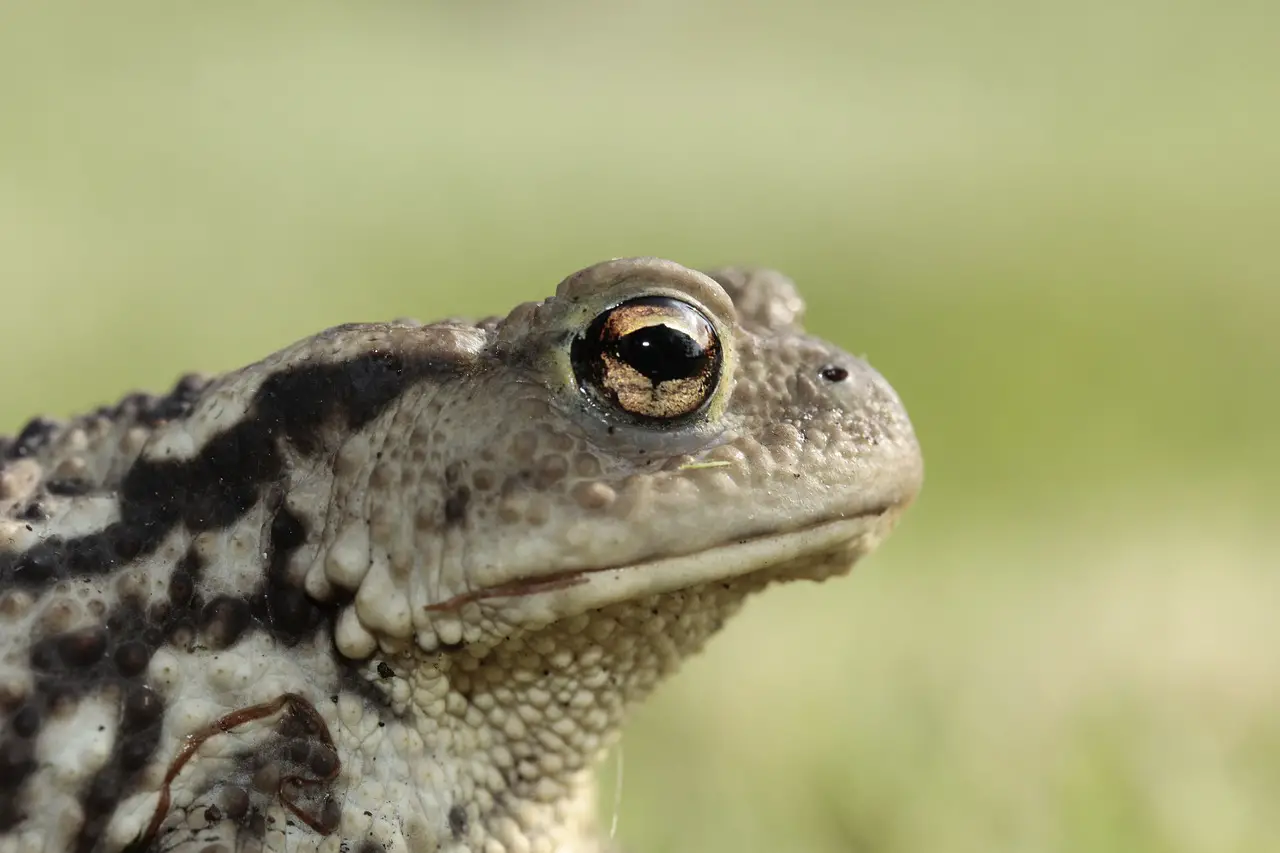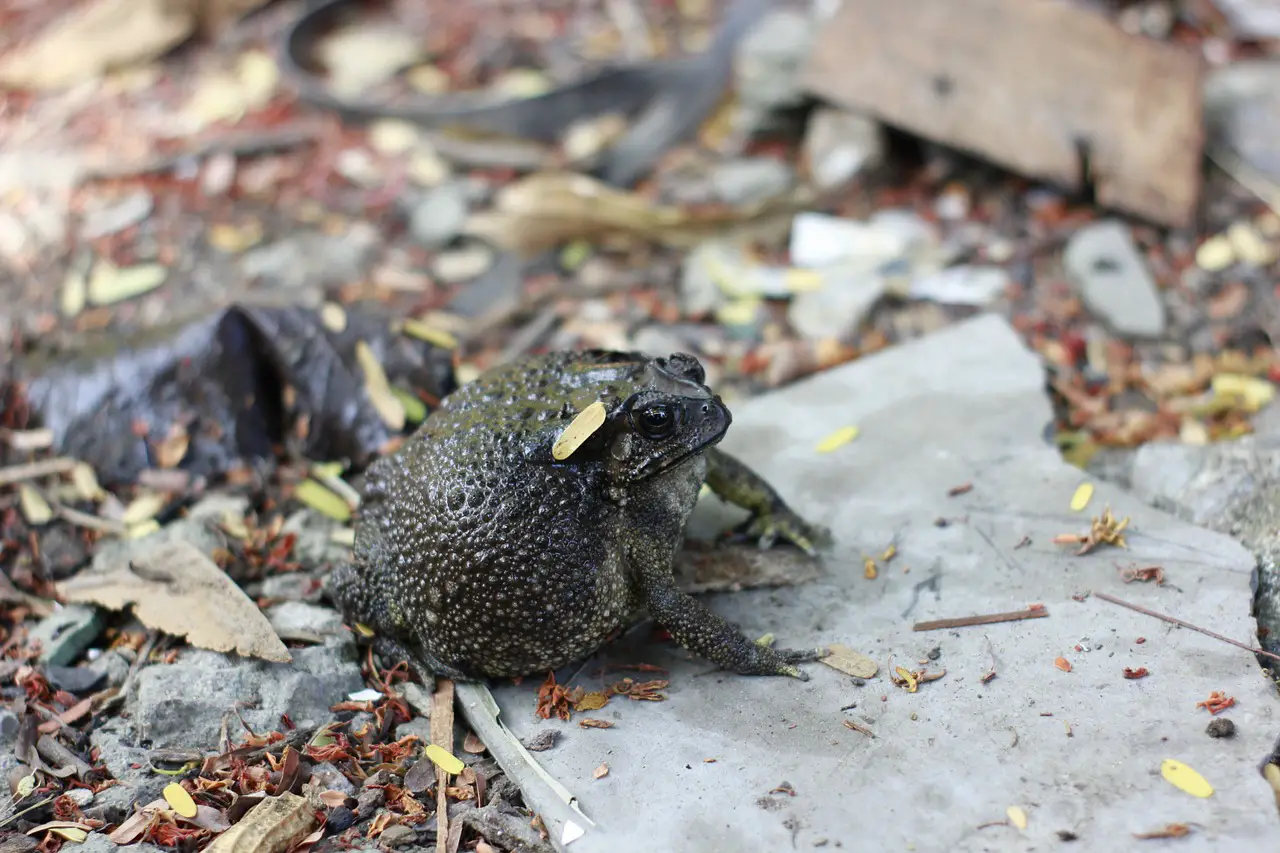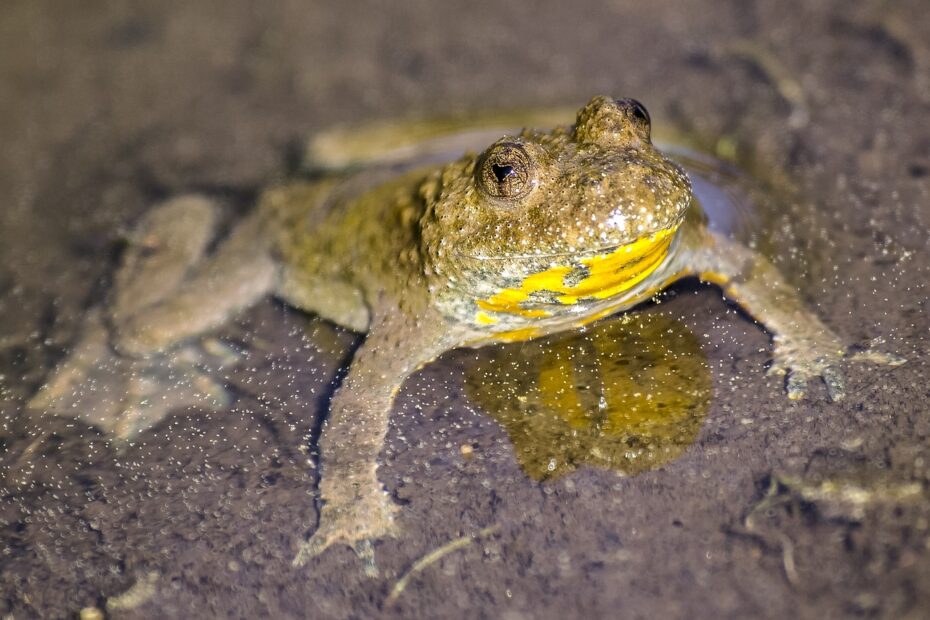Toads are fascinating creatures that make great pets for reptile enthusiasts. Providing them with a suitable enclosure is essential for their well-being and allows them to exhibit natural behaviors. In this article, we will explore the importance of creating a proper toad enclosure, including habitat setup, temperature and humidity control, substrate choices, and enrichment opportunities.
Whether you are a new toad owner or looking to upgrade your existing enclosure, this guide will help you create an optimal environment for your amphibian companion.
You may also want to know what toads eat.
The Importance of a Proper Toad Enclosure
Creating a Safe and Secure Habitat
A proper toad enclosure not only ensures the safety of your pet but also mimics their natural habitat. Toads need an enclosure that prevents escape and protects them from potential hazards such as predators, extreme temperatures, and harmful substances. A well-designed enclosure provides a stress-free environment, promoting the overall health and longevity of your toad.
Promoting Natural Behaviors
Toads are semi-aquatic creatures that require access to both land and water. A well-designed enclosure allows them to engage in natural behaviors such as burrowing, foraging, and soaking in water. By providing an environment that meets their natural needs, you can enhance their physical and mental well-being.

Setting Up the Toad Enclosure
Choosing the Right Size
Toads require ample space to move, explore, and establish territories within their enclosure. The size of the enclosure will depend on the species and size of your toad. As a general guideline, provide a minimum of 10 gallons of space per adult toad. Larger species may require larger enclosures to accommodate their needs adequately.
Securing the Enclosure
Toads are excellent climbers and can squeeze through small openings. Ensure that the enclosure has a secure lid or cover to prevent escape. Use fine-mesh screen or glass tops with ventilation to allow for proper airflow while keeping your toad safe.
Temperature and Humidity Control
Toads are ectothermic creatures, meaning they rely on their environment to regulate their body temperature. Provide a temperature gradient within the enclosure, offering both warmer and cooler areas. Use a combination of heat lamps, heating pads, and thermostats to maintain the appropriate temperature range for your specific toad species. Additionally, monitor and regulate humidity levels by misting the enclosure or using a humidifier if necessary.
Substrate Choices
Selecting the right substrate is crucial for maintaining proper hygiene and promoting natural behaviors. Choose a substrate that retains moisture, such as coconut fiber, peat moss, or eco-earth. Avoid using substrates that can be ingested and cause impaction, such as gravel or sand. The substrate should be deep enough for your toad to burrow and create hiding spots.

Enrichment Opportunities
Providing Hiding Spots and Retreats
Toads are shy creatures that require hiding spots to feel secure. Incorporate various hiding spots, such as cork bark, caves, or live plants, to mimic their natural habitat. These retreats offer places for your toad to rest, feel protected, and regulate their body temperature.
Water Features
Toads require access to water for drinking, soaking, and maintaining hydration. Provide a shallow water dish or a small pool within the enclosure. Use dechlorinated water and ensure that the water is clean and changed regularly to prevent bacterial growth.
Live Plants and Foliage
Live plants not only add aesthetic value to the toad enclosure but also provide additional hiding spots and enrichment opportunities. Select non-toxic plants that can thrive in the toad’s enclosure, such as pothos, bromeliads, or ferns. Live plants help maintain humidity levels, provide oxygen, and create a more natural and stimulating environment for your toad.
Environmental Stimuli
Toads benefit from environmental stimuli that mimic their natural habitat. Incorporate elements such as branches, rocks, or logs for climbing and perching. You can also introduce non-toxic, natural materials for your toad to explore and interact with, stimulating their curiosity and natural behaviors.
Maintenance and Care
Cleaning and Hygiene
Regular maintenance is crucial to ensure a clean and healthy toad enclosure. Remove waste and uneaten food promptly to prevent bacterial growth. Spot clean the enclosure as needed and perform a thorough cleaning at regular intervals. Use a reptile-safe disinfectant to clean the enclosure, but ensure it is rinsed thoroughly to remove any residual chemicals.
Monitoring and Observation
Regularly monitor the temperature, humidity levels, and overall condition of the toad enclosure. Observe your toad for any signs of illness, stress, or abnormal behavior. Early detection of any issues allows for timely intervention and veterinary care, if necessary.
Conclusion
Creating a proper toad enclosure is vital for the well-being and happiness of your amphibian companion. By providing a safe and enriching habitat, you can ensure that your toad thrives and exhibits natural behaviors. Remember to consider the specific needs of your toad species when designing the enclosure, and regularly maintain and monitor the environment to keep it clean and conducive to their health.
FAQs
1. What is the ideal temperature range for a toad enclosure?
The ideal temperature range for a toad enclosure depends on the species. In general, most toads thrive at temperatures between 75°F and 85°F (24°C to 29°C). However, it’s important to research the specific temperature requirements for your toad species and provide a temperature gradient within the enclosure.
2. Can I keep multiple toads together in one enclosure?
While some toad species can be kept together, it’s crucial to research the specific social dynamics and compatibility of the species you intend to house together. Some toads may display territorial behaviors and aggression, requiring separate enclosures. Always monitor their behavior closely and be prepared to separate them if necessary.
3. How often should I feed my toad?
The feeding frequency for toads depends on their age, size, and species. As a general guideline, adult toads are typically fed two to three times a week, while juveniles may require daily feedings. Provide a varied diet of appropriately sized prey items, such as crickets, mealworms, or small earthworms.
4. Can I use tap water in the toad’s enclosure?
Tap water can contain chemicals, such as chlorine or chloramines, that may be harmful to your toad. It’s best to use dechlorinated water or treat tap water with a reptile-safe water conditioner to remove any potentially harmful substances.
5. How long do toads typically live in captivity?
The lifespan of toads can vary depending on the species and the quality of care provided. On average, toads can live between 10 and 15 years in captivity, but with proper husbandry and veterinary care, some species have been known to live even longer.
